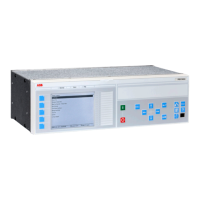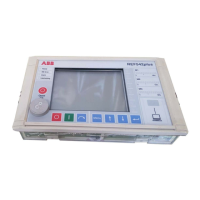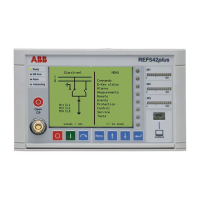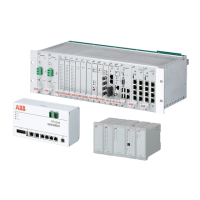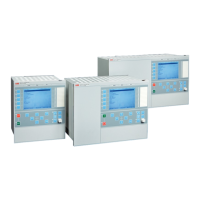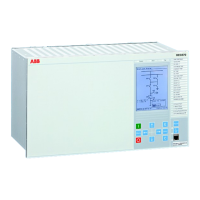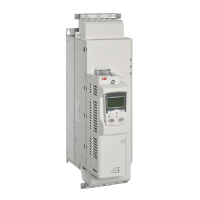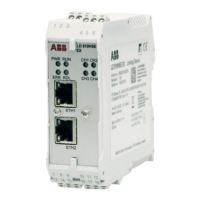Set tDelayRev timer at the maximum reset time for the communication equipment that
gives the carrier receive (CRL) signal plus 30 ms. A minimum setting of 40 ms is
recommended, typical 60 ms.
A long tDelayRev setting increases security against unwanted tripping, but delay the
fault clearing in case of a fault developing from one line that evolves to the other one.
The probability of this type of fault is small. Therefore set tDelayRev with a good
margin.
Set the pick-up delay tPickUpRev to <80% of the minimum sum of breaker operate
time + communication delay time, but with a minimum of 20 ms.
15.2.3.2
Weak-end infeed logic
M13856-10 v7
Set WEI to Echo, to activate the weak-end infeed function with only echo function.
Set WEI to Echo&Trip to obtain echo with trip.
Set tPickUpWEI to 10 ms, a short delay is recommended to avoid that spurious carrier
received signals will activate WEI and cause unwanted carrier send (ECHO) signals.
When single pole tripping is required, a detailed study of the voltages
during phase-to-phase and phase-to-
ground faults should be done, at
dif
ferent fault locations.
15.3 Local acceleration logic ZCLCPSCH
SEMOD52894-1 v4
15.3.1 Identification
M14860-1 v4
Function description IEC 61850
identification
IEC 60617
identification
ANSI/IEEE C37.2
device number
Local acceleration logic ZCLCPSCH - -
15.3.2 Application
M13821-3 v3
The local acceleration logic (ZCLCPSCH) is used in those applications where
conventional teleprotection scheme is not available (no communication channel), but
the user still require fast clearance for faults on the whole line.
1MRK 511 401-UUS A Section 15
Scheme communication
Bay control REC670 2.2 ANSI 477
Application manual
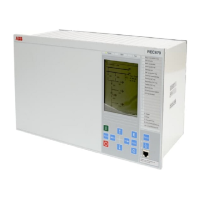
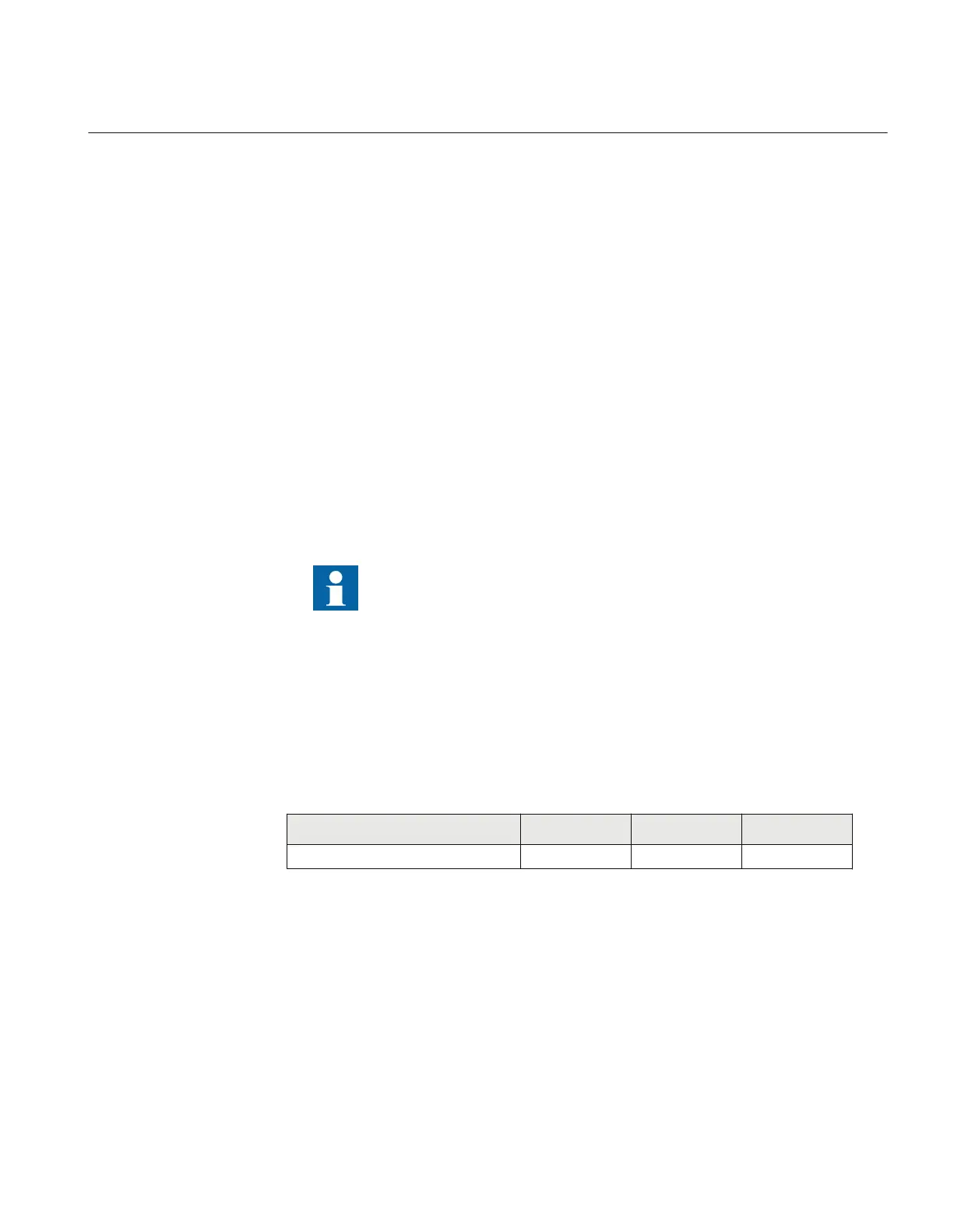